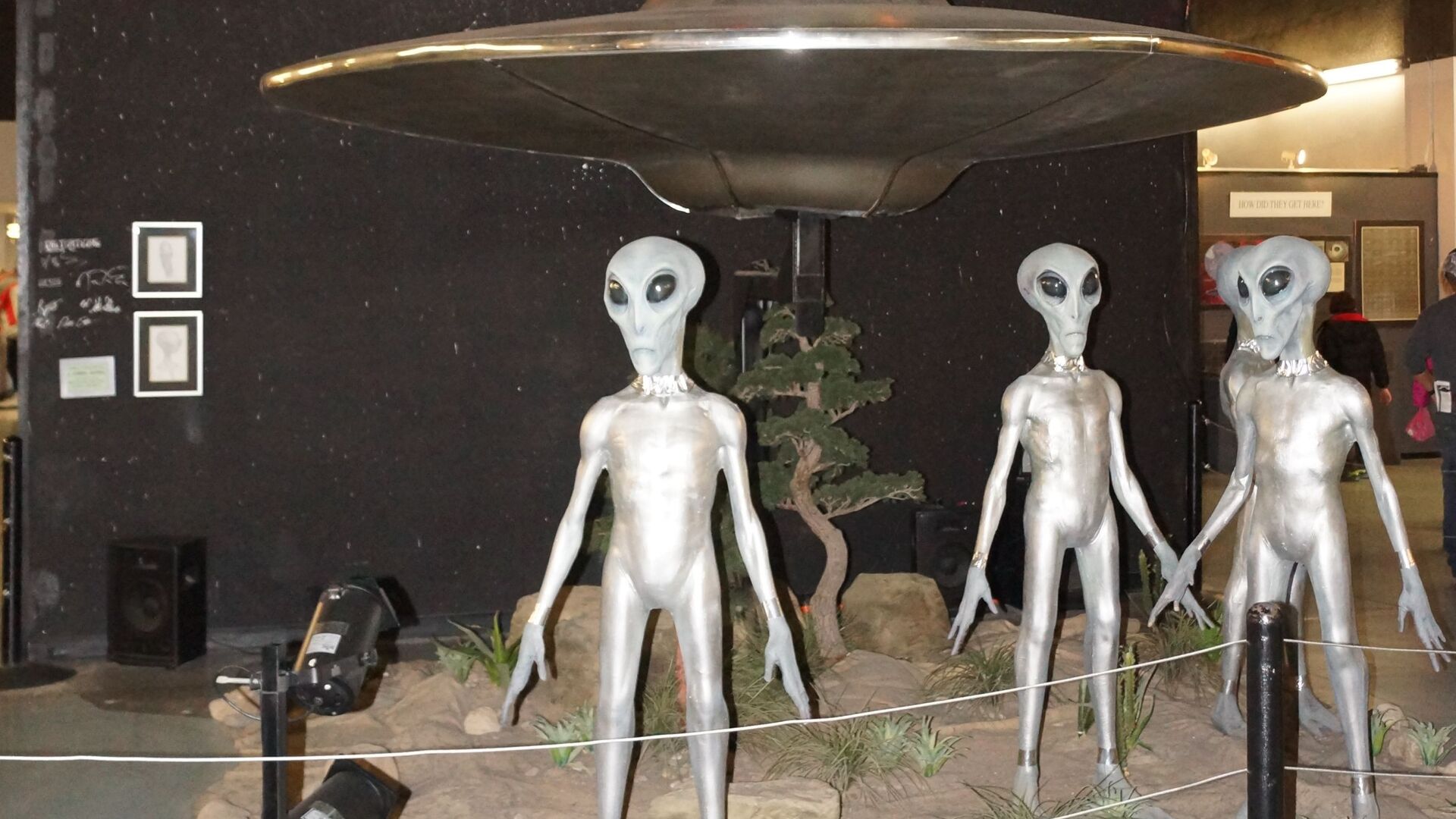https://sputnikglobe.com/20221028/new-hypothesis-explains-why-aliens-do-not-show-up-in-our-galactic-neighborhood-1102795679.html
New Hypothesis Explains Why Aliens Do Not Show Up in Our Galactic Neighborhood
New Hypothesis Explains Why Aliens Do Not Show Up in Our Galactic Neighborhood
Sputnik International
The authors of a new report point at the prospects of alien life existing "across all K-dwarf or M-dwarf stars" in our galaxy. 28.10.2022, Sputnik International
2022-10-28T11:44+0000
2022-10-28T11:44+0000
2022-10-28T11:44+0000
science & tech
aliens
civilization
stars
expansion
https://cdn1.img.sputnikglobe.com/img/107842/64/1078426498_0:282:2640:1767_1920x0_80_0_0_6cc811f966a459730e49c616eef681bf.jpg
While mankind has yet to make contact with alien civilizations, let alone determine whether such civilizations actually exist, a new study by researchers from the Blue Marble Space Institute of Science and American University offers an explanation for why extraterrestrial beings apparently skip paying announced visits to our corner of the galaxy.The authors of the new research, Jacob Haqq-Misra and Thomas J. Fauchez, essentially postulate that a hypothetical alien civilization that seeks to expand to other star systems may simply regard our Solar System as a non-optimal target for colonization.Starting with the assumption that “technological civilizations only arise on habitable planets orbiting G-dwarf stars” (for the record, our Sun is a G-type star), as “either biogenesis or complex life is more favored in such a system,” the researchers argue that such civilizations would opt to migrate to low-mass K- or M-dwarf stars located nearby, citing a hypothesis suggested last year by Brad Hansen and Ben Zuckerman.The researchers thus rule out the alien expansion scenarios “in which all G-dwarf stars would have been settled by now”, but point at the possibility that “a Galactic Club exists across all K-dwarf or M-dwarf stars”.The new study was accepted for publication in the Astrophysical Journal this month.
https://sputnikglobe.com/20221023/how-searching-for-tech-signatures-in-space-may-help-find-alien-life-1102550942.html
Sputnik International
feedback@sputniknews.com
+74956456601
MIA „Rossiya Segodnya“
2022
News
en_EN
Sputnik International
feedback@sputniknews.com
+74956456601
MIA „Rossiya Segodnya“
Sputnik International
feedback@sputniknews.com
+74956456601
MIA „Rossiya Segodnya“
science & tech, aliens, civilization, stars, expansion
science & tech, aliens, civilization, stars, expansion
New Hypothesis Explains Why Aliens Do Not Show Up in Our Galactic Neighborhood
The authors of a new report point at the prospects of alien life existing "across all K-dwarf or M-dwarf stars" in our galaxy.
While mankind has yet to make contact with alien civilizations, let alone determine whether such civilizations actually exist, a new study by researchers from the Blue Marble Space Institute of Science and American University offers an explanation for why extraterrestrial beings apparently skip paying announced visits to our corner of the galaxy.
The authors of the new research, Jacob Haqq-Misra and Thomas J. Fauchez, essentially postulate that a hypothetical alien civilization that seeks to expand to other star systems may simply regard our Solar System as a non-optimal target for colonization.
Starting with the assumption that “technological civilizations only arise on habitable planets orbiting G-dwarf stars” (for the record, our Sun is a G-type star), as “either biogenesis or complex life is more favored in such a system,” the researchers argue that such civilizations would opt to migrate to low-mass K- or M-dwarf stars located nearby, citing a hypothesis suggested last year by Brad Hansen and Ben Zuckerman.
“Hansen & Zuckerman (2021) estimated that this motivation for civilizations to migrate from a short-lived to a long-lived star would imply that the fraction of extant civilizations around low-mass stars could range from 30 percent to 72 percent compared to G-dwarf stars,” the researchers elaborate.
The researchers thus rule out the alien expansion scenarios “in which all G-dwarf stars would have been settled by now”, but point at the possibility that “a Galactic Club exists across all K-dwarf or M-dwarf stars”.

23 October 2022, 13:56 GMT
The new
study was accepted for publication in the Astrophysical Journal this month.


